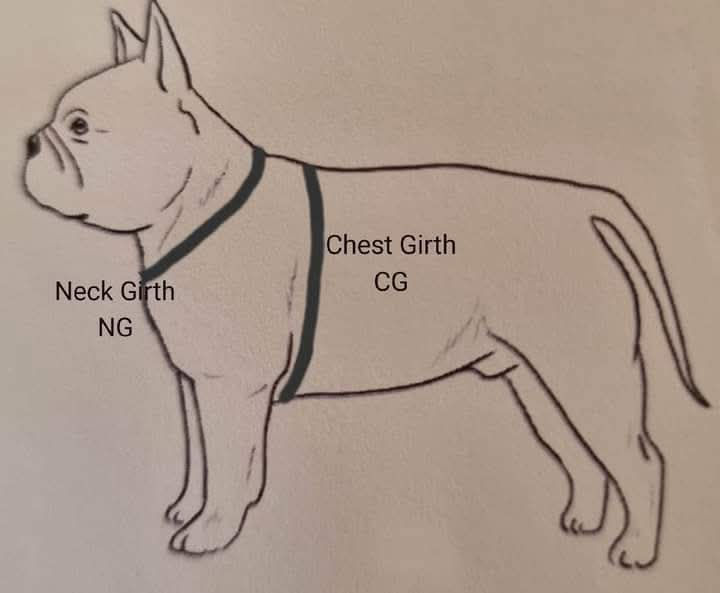
BOAS risk factors
- Jul 18
- 1 min read
Updated: Jul 22
Our Topic for discussion today is to take a look at the current understanding of what the main risk factors to BOAS are from a research based perspective.
Several research papers have concluded that Brachycephalic Obstructive Airway Syndrome (BOAS) is a complex multifactorial disease comprising both structural and genetic factors.
It is a common Breeder opinion that breeding for longer snouts alone will automatically result in reduction of BOAS in bulldogs however the most robust study to date on the relationship of snout length and BOAS Liu et al (2017) found this not to be true.
For those that wish to read this study in depth, the link is provided for you below. For the rest of us, the main findings of this study are:
It was a large study comprising of over 600 pugs, bulldogs and french bulldogs
They found the effects of Cranio Facial Ratio (CFR) on BOAS risk for the dogs studied was NOT STATISTICALLY significant. This means that the longer snout DOES NOT ALWAYS equate to reduced risk of BOAS. However, the study did find a relationship between incidence of BOAS and CFR less than .20 was found. A CFR of less than .20 is quite flat faced with no real discerning snout length.

They demonstrated that anatomically, a CFR measurement DOES NOT determine the main internal BOAS features along the upper airway.
They showed body measurements including eye width, neck length and neck girth ratios were far more accurate predictors of BOAS with Neck Girth Ratio (NGR) being the most accurate predictor of BOAS and dogs with NGR greater than 0.7 were at greatest risk









Comments